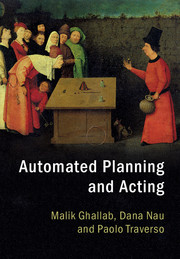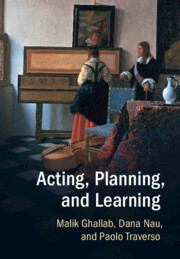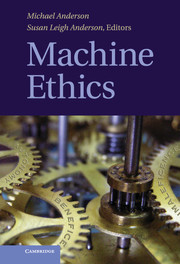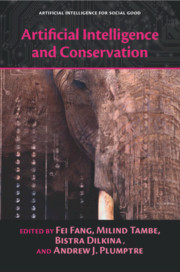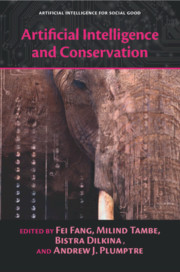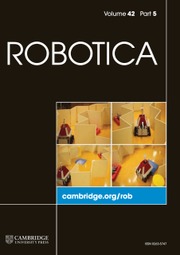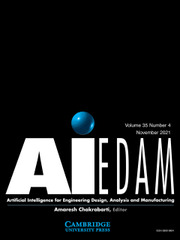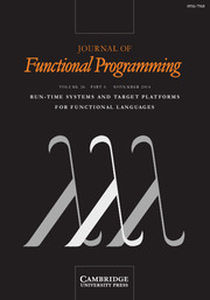Automated Planning and Acting
Autonomous AI systems need complex computational techniques for planning and performing actions. Planning and acting require significant deliberation because an intelligent system must coordinate and integrate these activities in order to act effectively in the real world. This book presents a comprehensive paradigm of planning and acting using the most recent and advanced automated-planning techniques. It explains the computational deliberation capabilities that allow an actor, whether physical or virtual, to reason about its actions, choose them, organize them purposefully, and act deliberately to achieve an objective. Useful for students, practitioners, and researchers, this book covers state-of-the-art planning techniques, acting techniques, and their integration which will allow readers to design intelligent systems that are able to act effectively in the real world.
- Covers a wide range of different techniques, their pros and cons, and how they can be used effectively in different real-world applications
- Presents state-of-the-art techniques for planning, and how to integrate these techniques with acting to design intelligent systems
Reviews & endorsements
'Automated Planning and Acting will be the text I require my students to read when they first start, and the go-to book on my shelf for my own reference. As a timely source of motivation for game-changing research on the integration of planning and acting, it will also help shape the field for the next decade.' Sylvie Thiébaux, Australian National University, Canberra, from the Foreword
'This book is currently the most comprehensive introduction [to] computational principles of deliberative action that I know of. Whoever thinks about bringing planning and reasoning to bear on robots or other agents embedded in the real world should study it carefully - and share it with their students too.' Joachim Hertzberg, Osnabrück University
'This book by Ghallab, Nau and Traverso is the best to date on automated artificial intelligence planning. It is very comprehensive, covering topics both in the core of AI planning and acting and other related AI topics such as robotic execution, automation and learning. Numerous features make it ideal for students to learn about AI planning, including historical notes and many illustrative examples. The book will serve as a trove of resources for researchers and practitioners in AI planning and other AI fields.' Qiang Yang, Chair Professor and Head of the Computer Science and Engineering Department, Hong Kong University of Science and Technology
Product details
August 2016Hardback
9781107037274
368 pages
260 × 183 × 24 mm
0.85kg
94 b/w illus.
Temporarily unavailable - available from TBC
Table of Contents
- 1. Introduction
- 2. Deliberation with deterministic models
- 3. Deliberation with refinement methods
- 4. Deliberation with temporal models
- 5. Deliberation with nondeterministic models
- 6. Deliberation with probabilistic models
- 7. Other deliberation functions
- 8. Concluding remarks.

